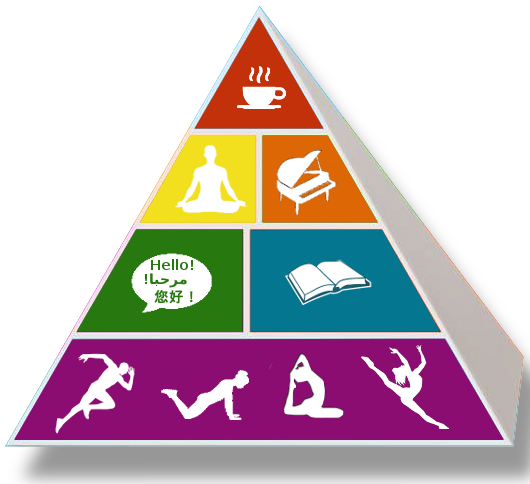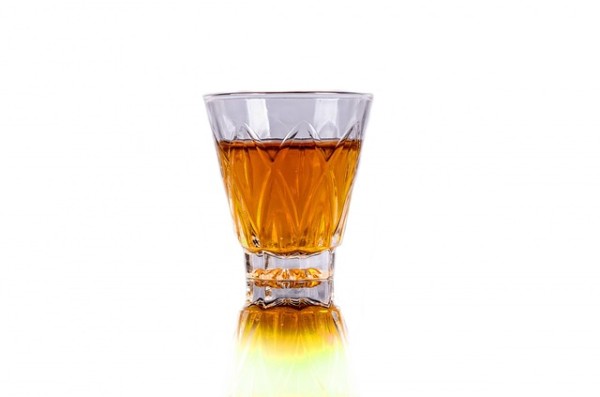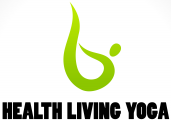1. How does hypertension work?
When the rubber pipe has too many sharp kinks or obstructions, the water flowing through can not find the way out. A pressure gets built up in the pipe and burst open the pipe at a weak point. If a delicate plant comes in front of the water jet, it will get damaged. It is what exactly happens in the case of blood with high pressure, it can damage the weak heart, eyes, kidneys and much of metabolism.
2. What produces high BP?
Usually, there is no cause. It is believed to be hereditary. One gets BP at the age when the parents got it, known to be primary hypertension. As we age the blood vessels become thicker thus causing the BP to go up. The other causes are no exercise, stress, too much alcohol and smoking. 140/90 is normal for those aged over 60. There may be exceptional cases in cases of elderly. Medication and supplements for other diseases can give the side effect of high BP. These conditions may be due to weak kidney or spleen, thyroid. It happens for only 5% of the cases. Oral contraceptive, common cold medication, non-steroidal drugs used for anti-inflammation, herbal supplements such as ginseng and St. John’s Wort.
3. How to read the B.P ?:
The instrument is called the B.P machine or sphygmomanometer. The patient should have rested say the minimum of ten minutes, prior to taking the BP and has to remain still during the examination. The arm has to put a cuff in the line of the heart. The instrument is put on by the electrical button, and it inflates, as a result, the blood flow stops in the arm. The screen of the device shows in a few moment both the pressure of systolic and diastolic along with the pulse rate. The automatic apparatus is then switched off.

Photo credit: Wikipedia
The systolic pressure is the pressure exerted on the blood vessels when the heart pumps the blood to the body. The diastolic pressure is just the opposite. That is when the heart relaxes in the period between two strokes. The BP is said to be optimal when it is around 120/80. Whenever the BP is over 140/90, it is said to be hypertension. All are recommended to take the regular B.P especially after the age of 30.
4. How frequently should BP be taken?
Observe once each year. Indeed, most cases have their hypertension recognized when they see the physician for something else. “The patient may have to attend the family doctor more frequently during the original phase of the investigation. Once the medication gets commenced, the subject should visit the physician each month in the beginning and then follow as advised by the doctor. Usually, the check-up is once or twice a year for follow-ups,
5. How many examinations should you have?
The guidelines prescribe that physicians make cases sit quietly for the initial BP, and then take one or two more, a minute or two apart. Average those analyses, especially if the readings are above normal. When hypertension is in the light to medium range, a follow-up meeting should be made to take those readings anew. “The foremost goal of therapy for hypertension is to reduce blood pressure to less than 140/90,”
A small section of people gets much higher readings when their blood pressure is taken at a physician’s clinic. When they are more anxious but are OK at home. It is described as “white-coat hypertension.” It may happen the other way for some. They have an average reading at the doctor’s but have hypertension BP at home called ‘masked hypertension’. The BP varies according to the situations prevailing around(physical and mental). It will be prudent to take the reading at home and show to the physician during the regular monthly meeting.
6. What extra precautions should be taken if BP is high?
One should not ignore any hypertension BP noticed. Medical history needs to be found out along with this blood’s lipid profile, additionally, diabetes, kidney, gout and arthritis tests should be carried out. The cardiologist would try best to bring down the BP to normal through medication.
7. How should be the lifestyle on detecting high BP?
Following precautions would help to get the BP to normal.
a. Increase the exercise to daily basis.
Photo Courtesy: en.wikipedia.com
b. Stop the alcohol altogether if possible or no more than two shots daily.

Photo courtesy: pixabay.com
c. Give up salt or reduce it as much as possible.
d. Avoid processed food.
e. Try and minimise the weight to the standard, as per the Height – weight chart available. Roughly 1 Kg for 1 inch of height.
f. Reduce sugar and salt intake.
These precautions will slow down the onset of hypertension.
8. Is it alright to make lifestyle adjustments at any time?
No, earlier the better lifestyle changes are welcome. It will be prudent to reduce the intake of sugar, salt, fast food and stop deep fried food. Adding regular exercise is welcome. The medication needs to be regularly taken to keep hypertension under control.
9. Are there any side effects for taking medicines?
There can be side effects of the drugs prescribed for hypertension. The concerned physician needs to be informed when such an effect occurs. Nowadays plenty of medicines are there to overcome such problems. Problems such as diarrhea or gastrointestinal difficulties or others need to be communicated to the cardiologist. It may take some time before the problems are solved.







